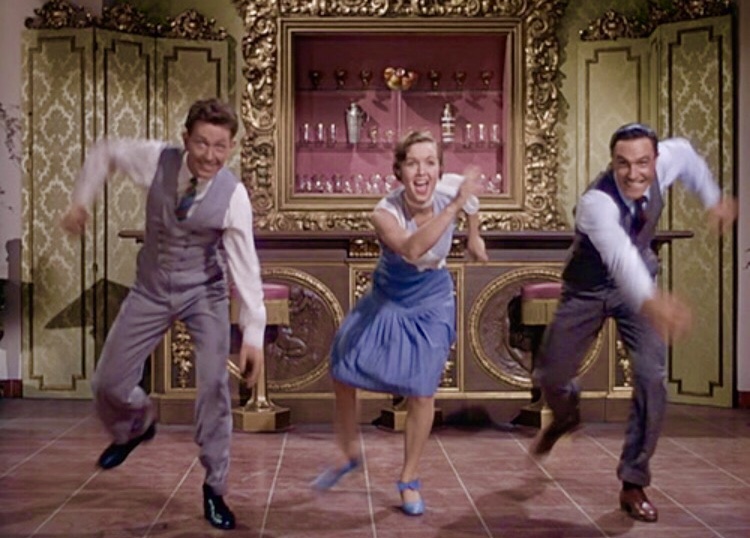"They are 'sorta ok' quality, but - at least - they're low-cost?"
well...
Particular ones of those are the only ones that peak my interest.
I own an EARLY (red paint engraving - fine threads - metal guides) YEP-321 and a YBL-322 (Conn 72H knockoff) bass trombone.
Trumpet players are - just now - beginning to RE-discover the (6/7-series) lightweight Schilke-esque trumpets that Yamaha made "back then".
tubas...?? nope, nope, and nope...nope-to-all
with the exception of one like Wade's.
OK...the YFB-621 is "fair" (B-), but the tuning is still too wonky to suit me.
...if (??) that, a better choice ($$$$) is probably a well-copied Chinese one.
Who ELSE is old enough to remember when Japanese was the equivalent of today's (and mostly, the cheapest) Chinese...??
I bought a Japanese Epiphone, and - honestly - it took me a pretty good while to "get over" it being Japanese...and the same for the classic guitar that I later bought (which I later gave away and picked - up - of all things - a USA-made GUILD (not particularly known for their) classic guitar

